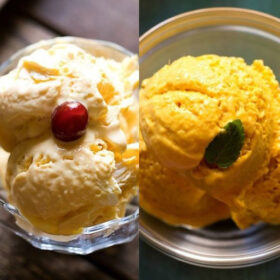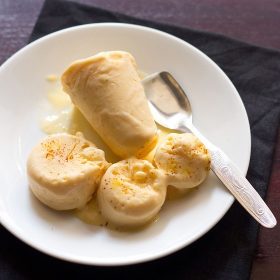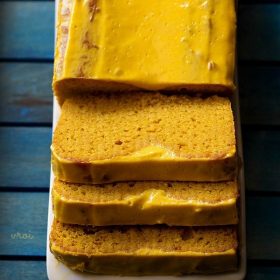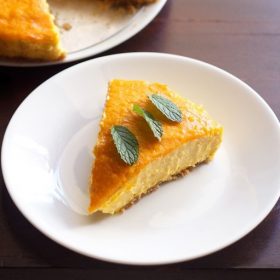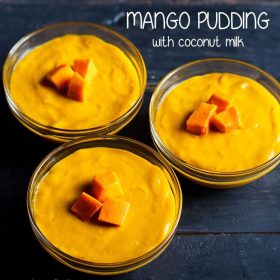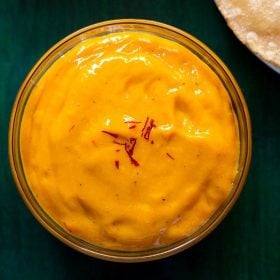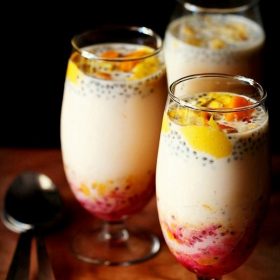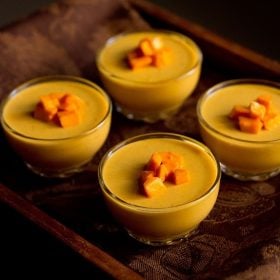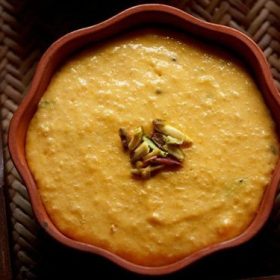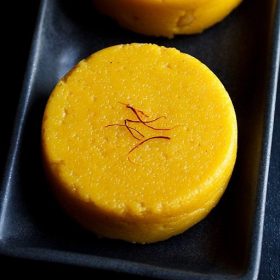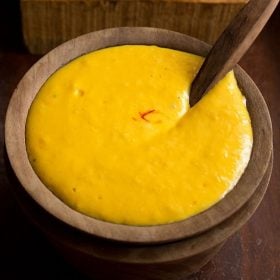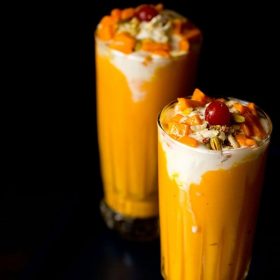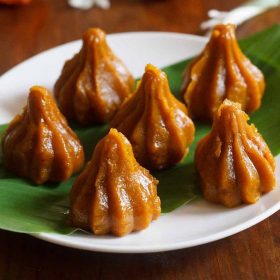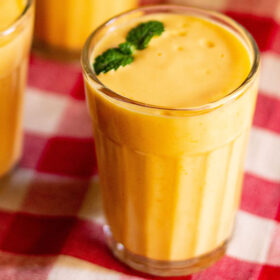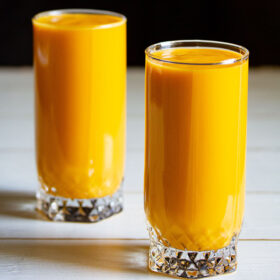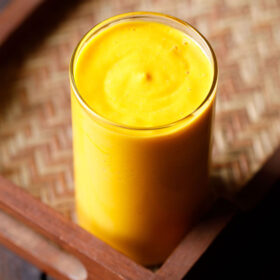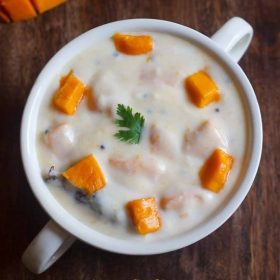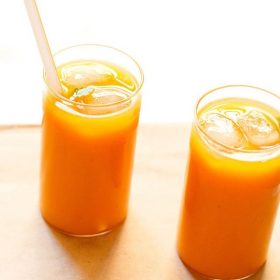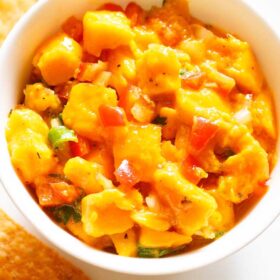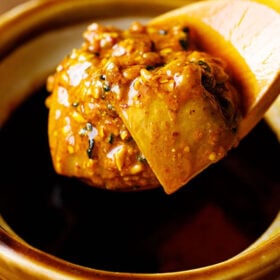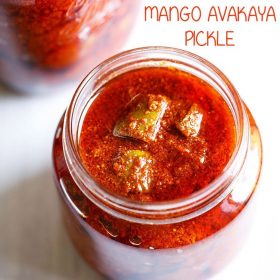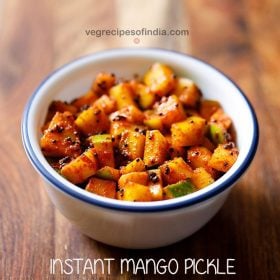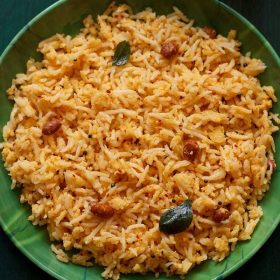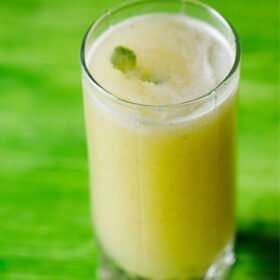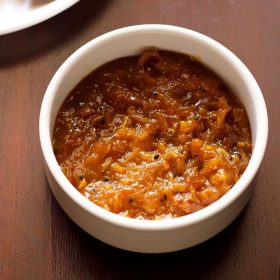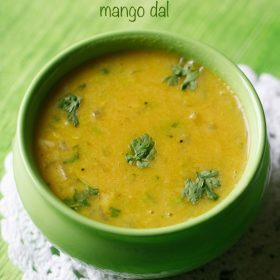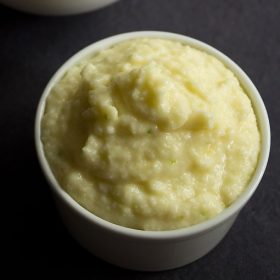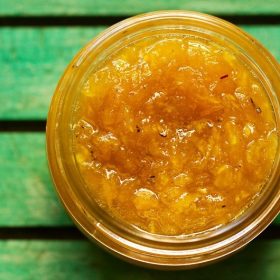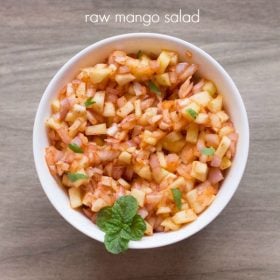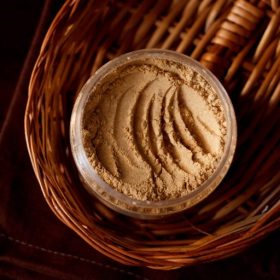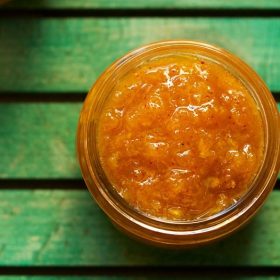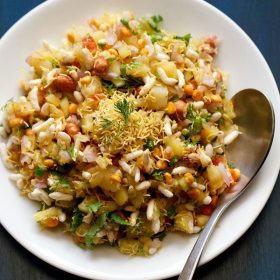Mango Recipes | 37 Raw and Ripe Mango Recipes
Am I the only one who wishes that the mango season was all year? If you are a mango lover like me then you will love this collection of 37 recipes that include both ripe sweet mangoes and unripe sour raw mangoes! Whether you are looking for a healthy breakfast smoothie, delicious fresh snacks, mango preserves, pickles or baking a dessert there is a recipe for you in this collection!
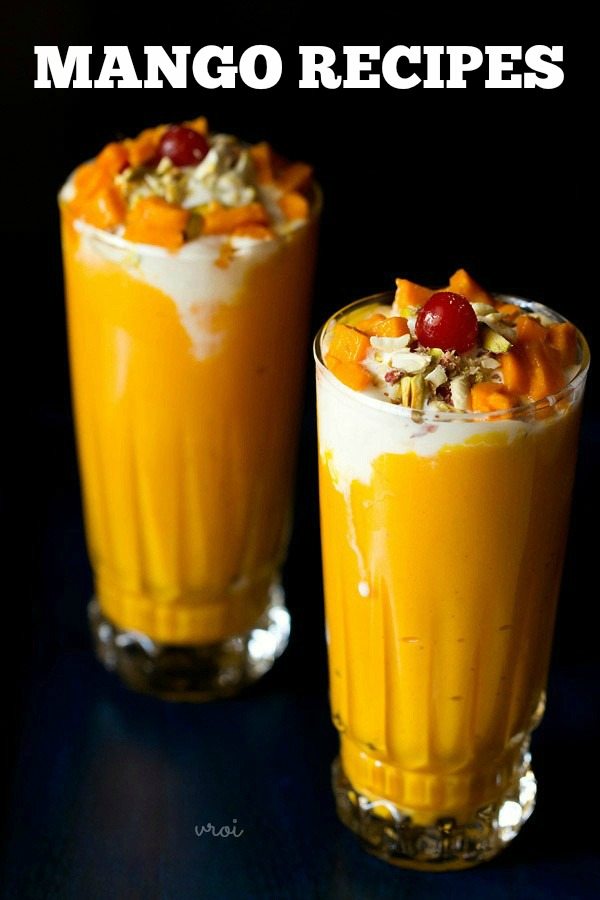
Mangoes!
The king of fruits – mangoes are a summer seasonal fruit in India. The mango season lasts from March to May.
Although one can easily get mangoes in the market in the month of June and July and even in August. But many people avoid eating mangoes once rains start pouring because they get spoiled easily. So you have to quickly eat as many mangoes as possible in these two months time !!!
Mango is a seasonal fruit and makes an appearance once in a year during the Indian summers. Along with mangoes, fruits like jackfruit, jamun, mulberries and some more variety of Indian berries also make an appearance.
I strongly believe that one should eat according to the season. So if in season, then do have seasonal fruits or veggies in your meals.
In India mangoes are consumed both ripe and unripe. Usually ripe sweet mangoes are eaten as is or mango desserts or drinks are made with them.
With unripe green mangoes a variety of recipes are made in the Indian cuisine. Though mango pickle is made in many homes and there are hundreds ways of making mango pickle, there are some recipes like chutney, lentils and beverages that are also made.
There are many varieties of Indian mangoes like kesar, badami, dasheri, langda, safeda, totapuri, chausa, neelam, alphonso (hapus) etc. Everyone has their own favorite variety of mango.
Our favorite is alphonso mangoes which are also called as hapus locally. They are the most juicy, delicious and also the most expensive. They mangoes are grown in Maharashtra, Gujarat, Konkan regions and mostly exported.
While making any sweet based dish or a beverage with mango, use mangoes that are not fibrous and are sweet. Avoid making drinks, desserts or sweets with half-ripe mangoes or even faintly sweet mangoes as these can cause stomach upsets.
Mango Varieties in India
Whenever there’s a mention about the ‘king of fruits,’ it goes without saying that one has to talk about the regional mango varieties that India produces. One can’t be mistaken with the other, as each one of it is unique in its aroma, flavors, looks and most of the times color too.
Although, when in the unripe form, it maybe a little difficult for you to segregate mangoes based on their type and you might be using any one of these for making this Green Mango Chutney as well.
Still, there is no harm in knowing about all these lovely varieties. India houses about 1500 mango varieties. Here are some that dominate the markets, from region to region, during this special season.
- Alphonso – Let me begin with my personal favorite, also known as ‘hapus’ or the ‘king of mangoes.’ Grown in Maharashtra, (Ratnagiri) and some parts of Karnataka and Gujarat too. Voluptuously delightful is how it is. It also has a natural aroma and is a bit fibrous.
- Kesar – Since distinctly sweet, these are also known as ‘queen of mangoes’ and grow abundantly in Gujarat (Junagarh and Ahmedabad). The name also is because of the color of the flesh, resembling saffron or kesar. First cultivated in 1931, the Nawabs of Junagarh rechristened it to ‘kesar’ in 1934. Other mango varieties from Gujarat are Paheri or Pairi and Vanraj.
- Totapuri – A.k.a. ‘sandersha’ or ‘bangalora’ mangoes, since these are majorly grown in Karnataka. Other states include Andhra Pradesh and Telangana. Has a unique look resembling a parrot’s beak. Hence, the name. This type is usually not very sweet. So, best for pickles, chutneys and salads. Karnataka is also a homeland for the Raspuri mango variety.
- Gulab Khaas – Due to its exclusive rose flavor, this variety is named so, where ‘gulab’ means rose. This variety is non-fibrous and small with a pink/red skin, and grows in Jharkhand, Bihar and West Bengal.
- Baganpali – Or ‘safeda,’ ‘benishan’ is a variety from Andhra Pradesh. These are larger than an Alphonso with a smooth, firm skin, sweet taste and pleasant aroma. This mango is also non-fibrous. Another mango variety from this side of the country is Neelam.
- Dasheri, Chausa, Langra – The quintessential trio from Uttar Pradesh. ‘Dasheri’ essentially from Lucknow and Malihabad, ‘chausa’ from Hardoi and ‘langra’ belongs to the holy city of Varanasi or Banaras. All these are basically sweet (except for langra, which is slightly pungent) and wholesome mangoes.
- Himsagar, Kishan Bhog, Lakshmanbhog, Fazli – This is the popular lot from West Bengal, where the first two belong to the royal city of Murshidabad and next two belong to the Malda district. Fazli mangoes are also grown in Bihar.
There are many more regional mangoes other than these. Some like Amrapali with a dark red flesh and Mallika with amusing hints of citrus, honey and melon are found all over India. These two are hybrids of Dasheri and Neelam varieties.
About These Mango Recipes
In this post, I am listing mango recipes from my blog made with both sweet mangoes and tangy sour green mangoes.
There are options to choose from sweet mango desserts & sweets, to tangy drinks including some condiments like preserves, pickles and chutneys.
For the desserts, I always use fresh mangoes. If you do not have fresh sweet mangoes available in your city, then you can even use canned mango pulp. Many of the recipes mentioned in the below collection list use mango pulp.
I always blend the mangoes and make the mango pulp, but you can use store brought canned mango pulp.
Note that 1 medium-sized mango will yield about ½ to ¾ cup mango pulp. So if a recipe calls for 2 medium-sized mangoes, then substitute with 1 to 1.5 cups mango pulp.
One can make endless dishes using unripe or ripe mangoes. So take your pick and make your favorite mango recipe – be it any of the popular mango recipes like aamras, mango lassi, amrakhand, mango ice cream and mango kulfi.
I have classified this collection first into Mango Dessert and Sweets made from sweet mangoes. As you scroll below, you will see drinks, condiments made with ripe mangoes.
The last part are the recipes made with green raw mangoes that are tart and sour. You will find recipes like pickles, preserves, rice and lentils based dishes.
Mango Desserts
Find below a collection of popular frozen mango treats from around the world and some Indian mango sweets.
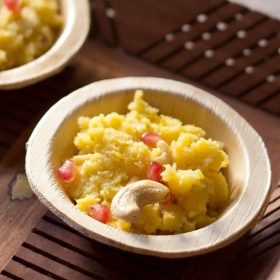
30 mins
mango halwa
Mango sheera or halwa is sweet and smooth pudding with mango flavors.
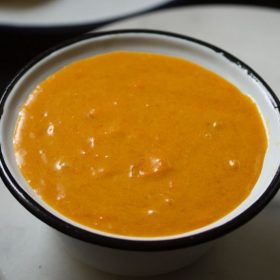
10 mins
Mango Rasayana
Mango shikarni or mango rasayana is basically mango pulp and its juice mixed with some cardamom powder, jaggery and milk.
Ripe Mango Recipes
In this list, you will find mango drinks that are popular all over the world, including an Indian raita and chutney.
Easy
10 mins
Bright and refreshing mango smoothies are easy to make as a healthy breakfast or sweet snack. Here I share with you 5 unique mango smoothie recipes. There are versions with yogurt, oats, additional fresh fruits, and even almonds – give them all a try and discover your favorite and healthy mango smoothie recipe.
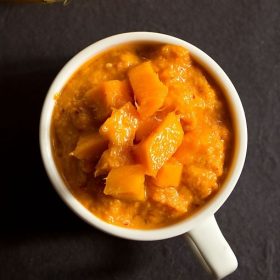
10 mins
sweet mango chutney with coconut
This sweet mango chutney is a South Indian chutney made from sweet and ripe mangoes along with coconut.
Unripe Raw Mango Recipes
In this category, get the evergreen and favorite mango pickle recipe (aam ka achar), a few Indian mango preserves, salad, lentils and rice dishes made with unripe green tart mangoes. Enjoy!
Moderate
20 mins
Aam ka panna is a cooling Indian summer drink made with unripe green tart mangoes. It is slightly sour and sweet to taste and is flavored with cardamom, cumin and black salt. This recipe post shows the method of making both aam panna syrup concentrate and the drink using the method of boiling as well as roasting mangoes.
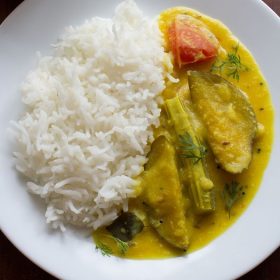
30 mins
healthy raw mango drumstick dal
This healthy and tasty lentil dish is made using pigeon pea lentils/arhar dal, raw mangoes and drumsticks.
This Mango Recipes collection post from the blog archives first published in April 2013 has been updated and republished on April 2023.

